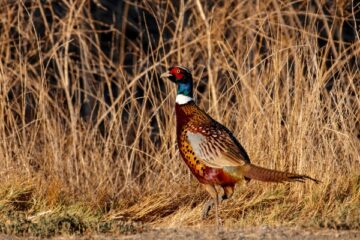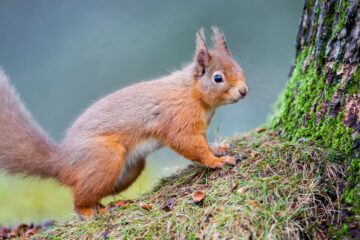Controlling Corvids: A Member’s Mission to Protect Waders
As much as I love shooting grouse and woodcock over my pointers, or stalking roe and red deer in nearby woodland and on the Scottish hills, this spring I was on a different, incredibly rewarding mission – controlling corvids to help waders.
Mission: oystercatcher
I assisted a pair of oystercatchers to bring up a solitary chick by taking 62 corvids out of the immediate environment around their nest. This got me thinking – Are we who shoot, and have the tools and skills, sometimes forgetting what we can do beyond our shooting and stalking days?
We have opportunities that only shotgun and firearms license holders have, the ability to help struggling wildlife. And, it can be incredibly rewarding while bolstering the reputation of the shooting community. Here’s my contribution…
From my window I can see a big, modern vegetable farm 600 meters away. There are just fields between us. Every year I enjoy the arrival of the oystercatchers and hear them calling as they fly over. I have always assumed that they breed, but have never really looked into their success or otherwise. I didn’t feel I could go birdwatching on the busy farm.
However, this year I became aware of another oystercatcher pair some ten miles away. This pair had just hatched their chicks and I wondered how the pair at the farm were getting on.
A hidden treasure
I drove past in the beginning of June and happened to see them mating. My conclusion was that they mated at a time when other oystercatchers had young chicks. This meant they must have lost their first clutch of eggs. So, I started driving past the big stony area around the farm every day. Soon enough, I saw one of the birds sitting in the middle of the big driveway outside the farm building and on further inspection, I found a nest with three eggs.
I felt that I could not allow these birds to lose their eggs again. As far as I could see, the obvious culprit was the abundance of corvids – particularly carrion crows – that we have in the area. Corvids love eggs and – although the oystercatchers are very protective and very brave – they are unable to handle a mob of crows targeting their eggs. The adults are so visible when they sit on the stony ground – it was just a matter of time before they would be spotted.
With this in mind I went to see the farmer. I told him about the nest and how controlling corvids could keep oystercatchers safe. I then asked permission to shoot and trap carrion crows on his land. Having seen the nest, everyone at the farm became interested and – although the nest was on part of the driveway that would not be used during the summer – we still put up some traffic cones to make sure no vehicles came close.
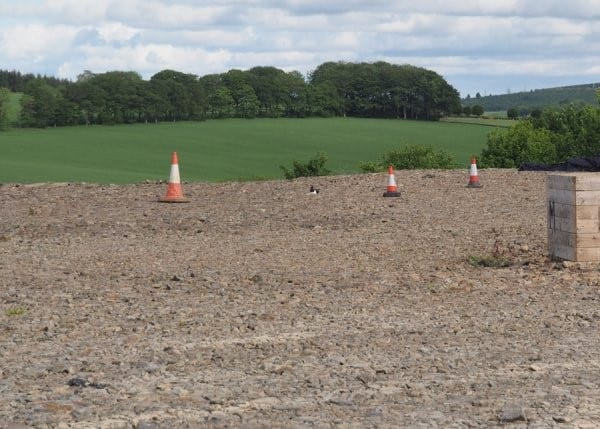
To ensure the safety of the nest, I also needed to shoot crows on a number of farms within the crow-catchment area of the nest.
It was a great experience to get in touch with eight other farms to ask permission to control corvids on their land. Everyone, without exception, wholeheartedly welcomed my proposal. There was no lack of enthusiasm among my neighbouring farmers for the oystercatcher pair I was trying to help. In fact, I spoke more with the farmers in the area this spring and summer than I have done in the 25 years we have lived in this little smiddy.
Controlling corvids
Of course, there is more to the loss of waders than predation from corvids, but predation from generalist predators is a key constraint.
With my .223 rifle and a Larsen trap (registered and numbered) I set out in my battle to help our resident oystercatchers.
The trapping was not fantastically successful, but I did get 12 birds. I have trapped crows before and I always get attached to the call bird. I bring it a couple of hen’s eggs and some cat food – or sometimes a meaty bone – every morning. It still hates me, but at least it has fresh water and food.
All in all, during the spring and summer I gained a lot of respect for these very intelligent birds. At the beginning they were easy to shoot. I could literally rock up in my car and shoot both birds in a pair on the field. However, they got to know my car and it was fascinating to see how adept they became at spotting me.
In the end, I had to stalk them as carefully as stalking alert roe. Even more carefully in fact, because they also look out for each other, which makes controlling corvids a challenge.
If one sits in a tree and sees me, he flies out, swoops over his fellow crows on the ground and they are all off. Using the .223 rifle gave me the advantage of shooting comfortably, and humanely, at 160 meters. This helps when they are so difficult to get near.
I managed to shoot 50 crows in a square mile around my oystercatchers. Enough to make a difference. I set up trail cameras by the nest and learned a lot about them and their habits. It is great to see when they take turns with the incubating and how ‘visitors’ come past.
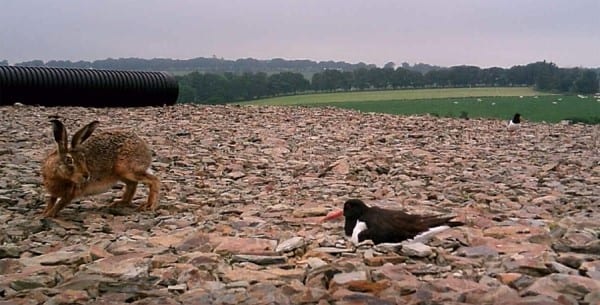
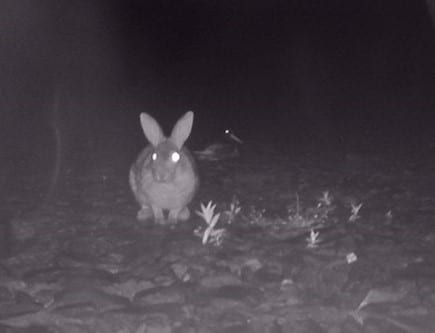
New arrival
After 26 days of humanely controlling corvids, and checking on my oystercatchers daily, I was ridiculously excited to learn that three eggs had made it to the last day and out came three grey puff balls – demonstrating to perfection why the stone surface is the right place for camouflage when you are an oystercatcher chick.
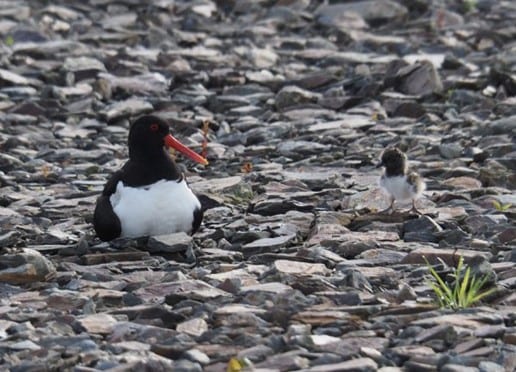
Sadly two chicks disappeared within a few days. It could be predation, but it could also just be that they were not viable beyond their first few days living off their yolk sack.
But that left the one chick and I followed it every day until it finally flew off with mum and dad to the coast after 35 days. It had to have a name, so I named him Ray.
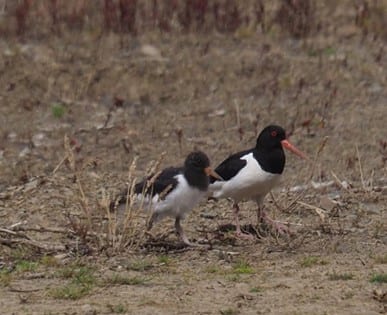
Future plans
After my experience this year, I’ve decided to look into stoat and weasel trapping. The thing is, by thinning out some of the many carrion crows that we have in our area, I have also saved untold numbers of other, smaller birds.
One morning, as I thought I had made an impact on the carrion crows around our area, I saw two of them hunting in a big floppy tree in our garden. I knew there was a black bird nest in there. I scared them away and put bait out in the field for the day and shot them both. Our garden has been teeming with birds this year since and I have never seen so many starlings, blackbirds and song thrushes.
We also saw three nests of swallows get on the wing and go off to Africa.
Someone once said about his life in science: “If I have just been one ant carrying one grain of sand to the ant nest, then I feel I have achieved something”.
It is worth remembering that we can all do a little bit if we have some free time during the otherwise closed season. Controlling corvids to help wildlife was the most rewarding thing I have done all year. I think it is a great way of paying back a little bit to the environment, helping a species that is struggling to breed. As a by-product I most certainly did a little PR job for shooting sports too.
It is sometimes important to ask farmers if we can shoot corvids to help waders survive on their land – a refreshing and fulfilling alternative to asking if we can stalk, shoot or run our dogs.
